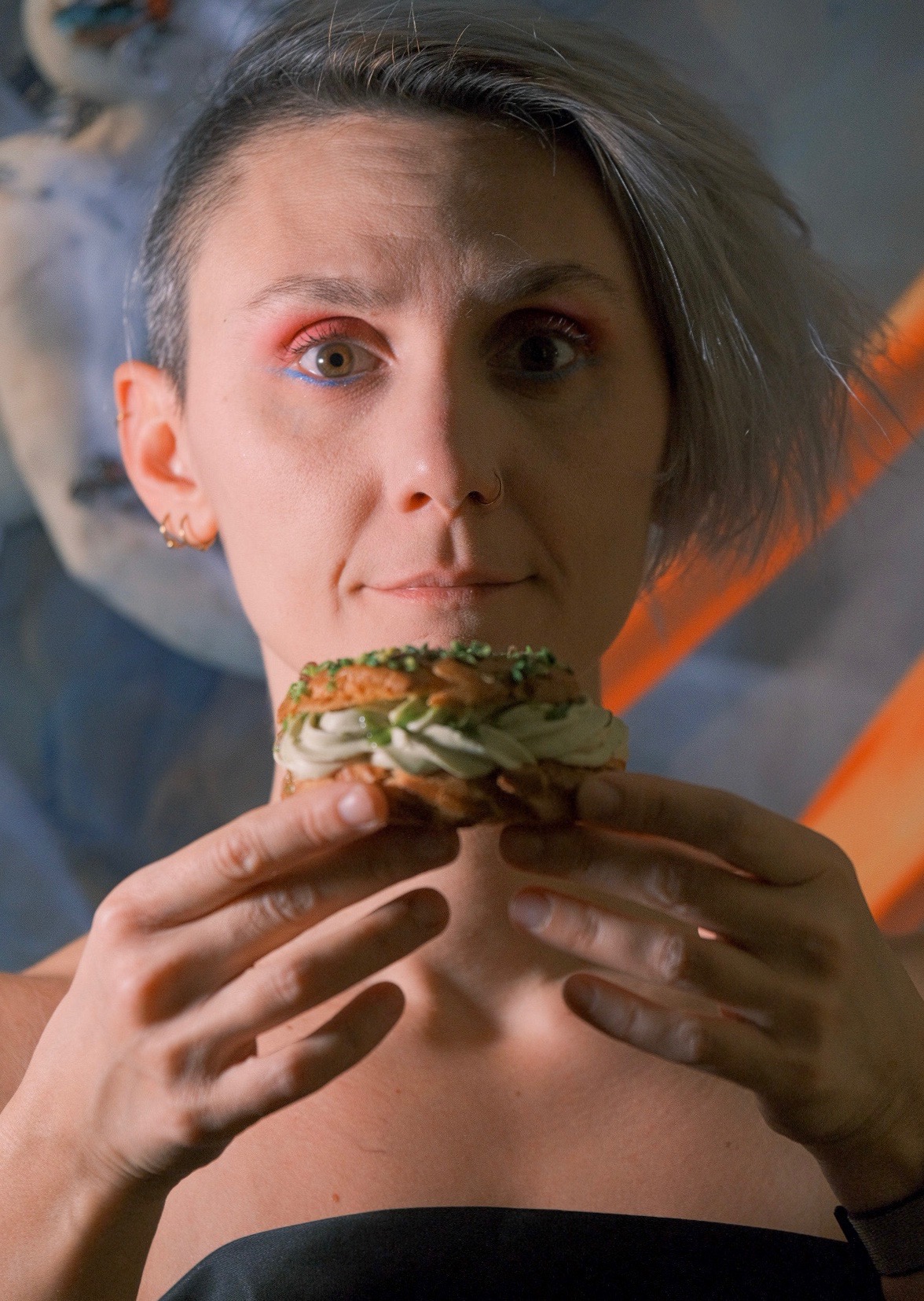Hande Sekerciler
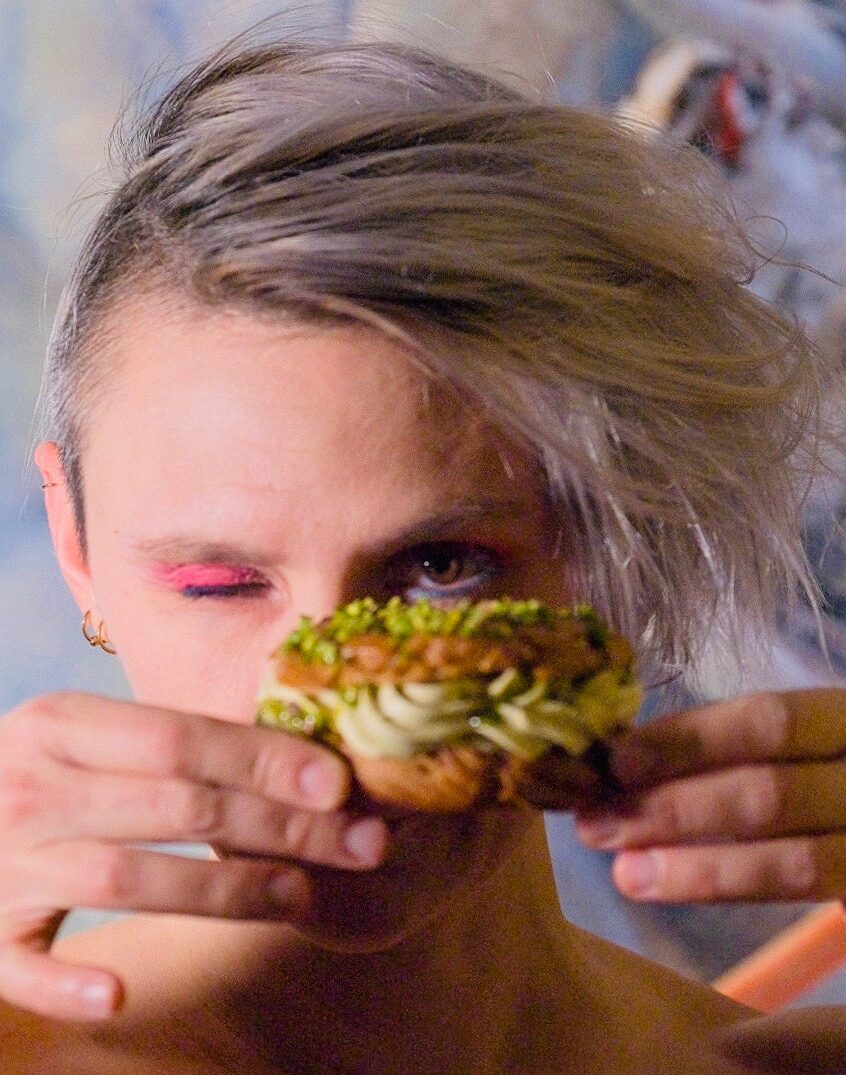
If you have ever been lost in the Victoria & Albert museum in London, or roamed the streets of Florence, absorbing the art forms of historic sculptures, the complex narratives and smooth textures with the exemplary skills involved, from bronze to marble carvings. Hande’s works have the same characteristics, inspired by these influences, of this traditional detailed and complex method of the Renaissance and Hellenistic art, however with the emotive observations in a modern form; this is what is so present in Hande’s bronze sculptures. The contemporary view of this technique of the human shape, is extraordinary, combining a psychological perception of communication, conveying the duplicity of ego, love, conflict, defence, intimacy and passion. I am reminded of the two parts to ourselves, the part that presents itself to the world, the conscious self, merging with the inner self, in conflict with our narcissistic self. The inner realm of ecstasy and passion, that door between the mind, our deepest thoughts and desires in a battle of what we can or cannot express; but coupled with a futuristic hint of androgynous artificial intelligence; in a unisexual concept of love at peace with their sexuality. These human forms, captivate the all importance of feelings, with the observations of the political memes that are taking centre stage in our world to date.
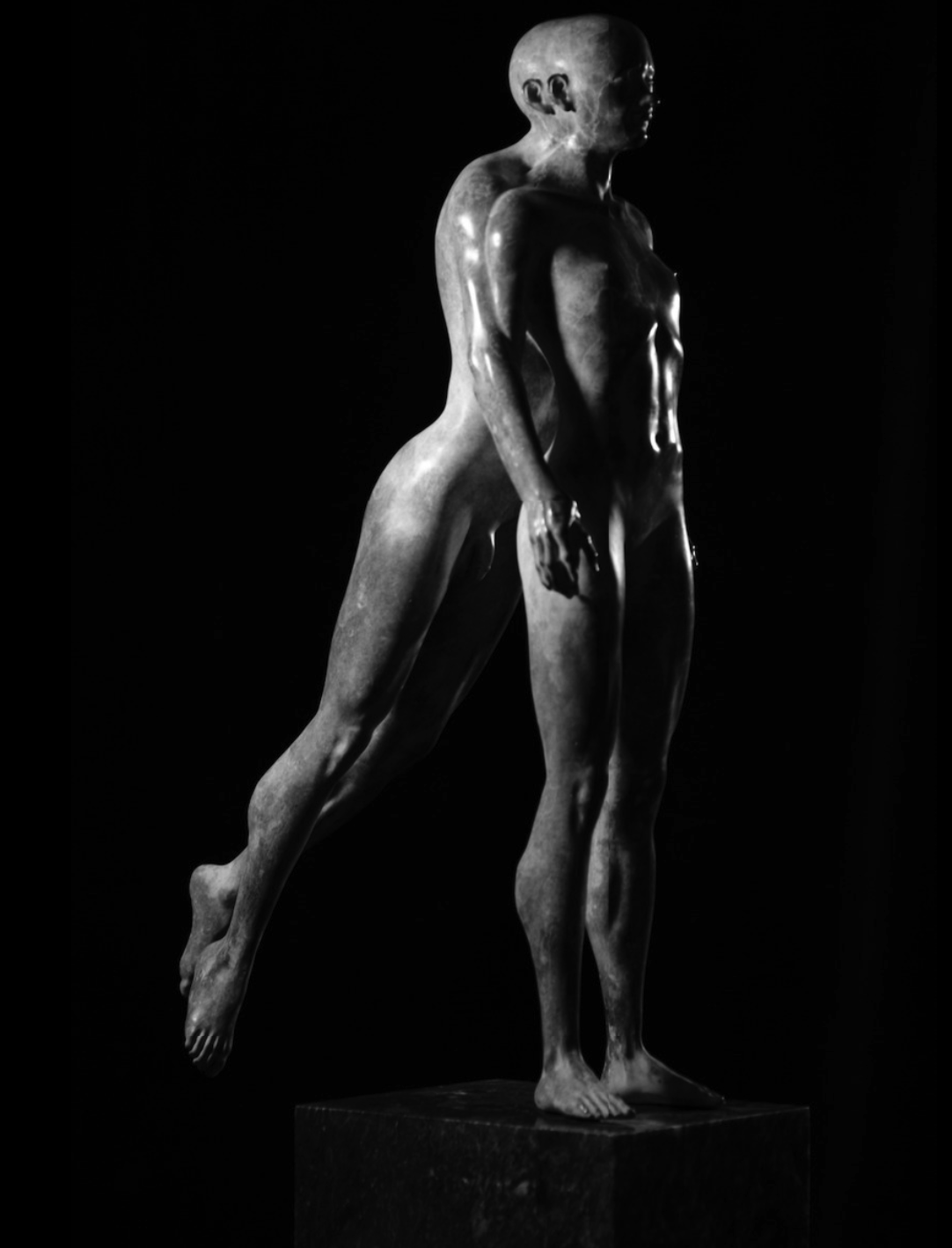
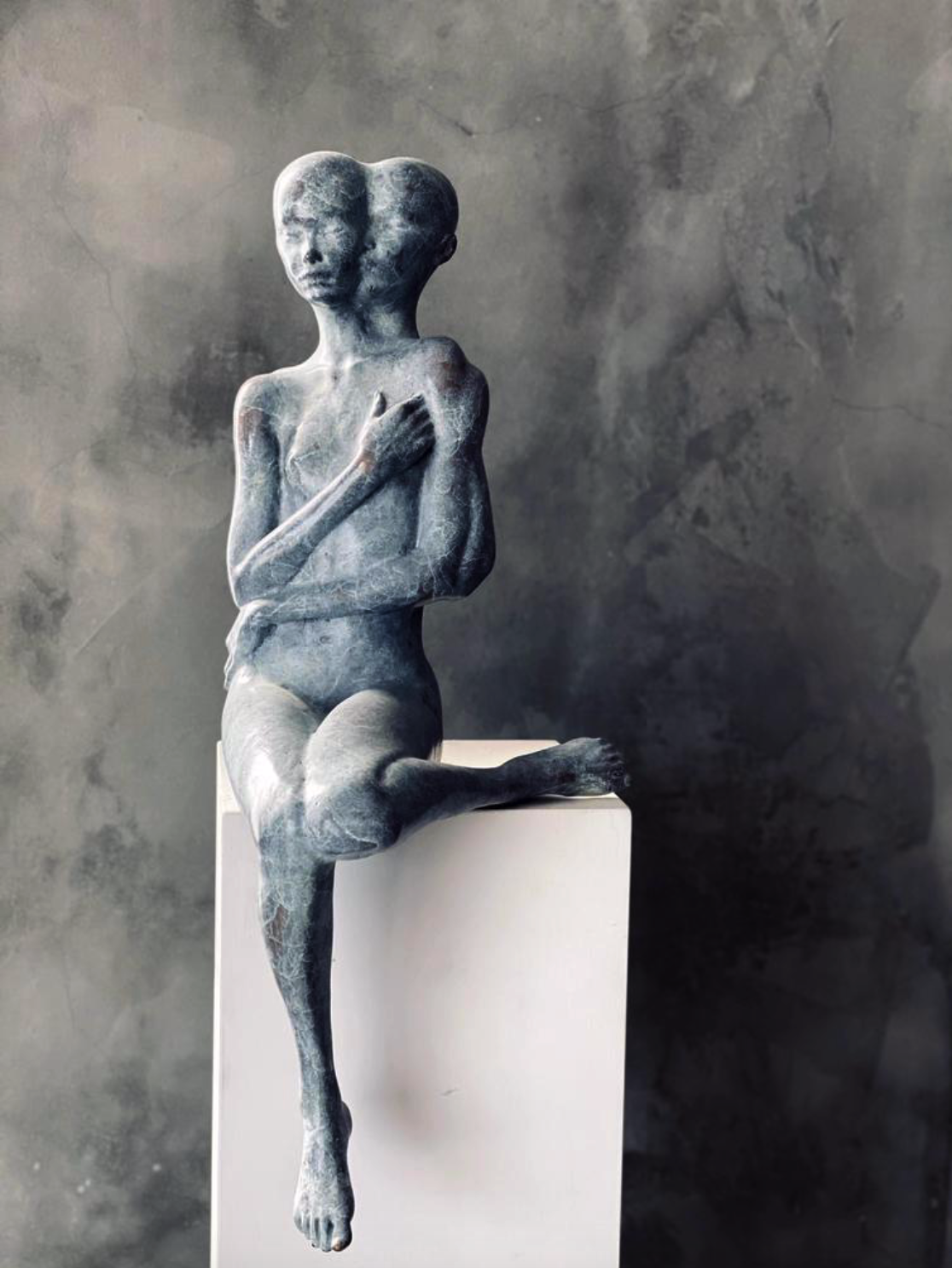
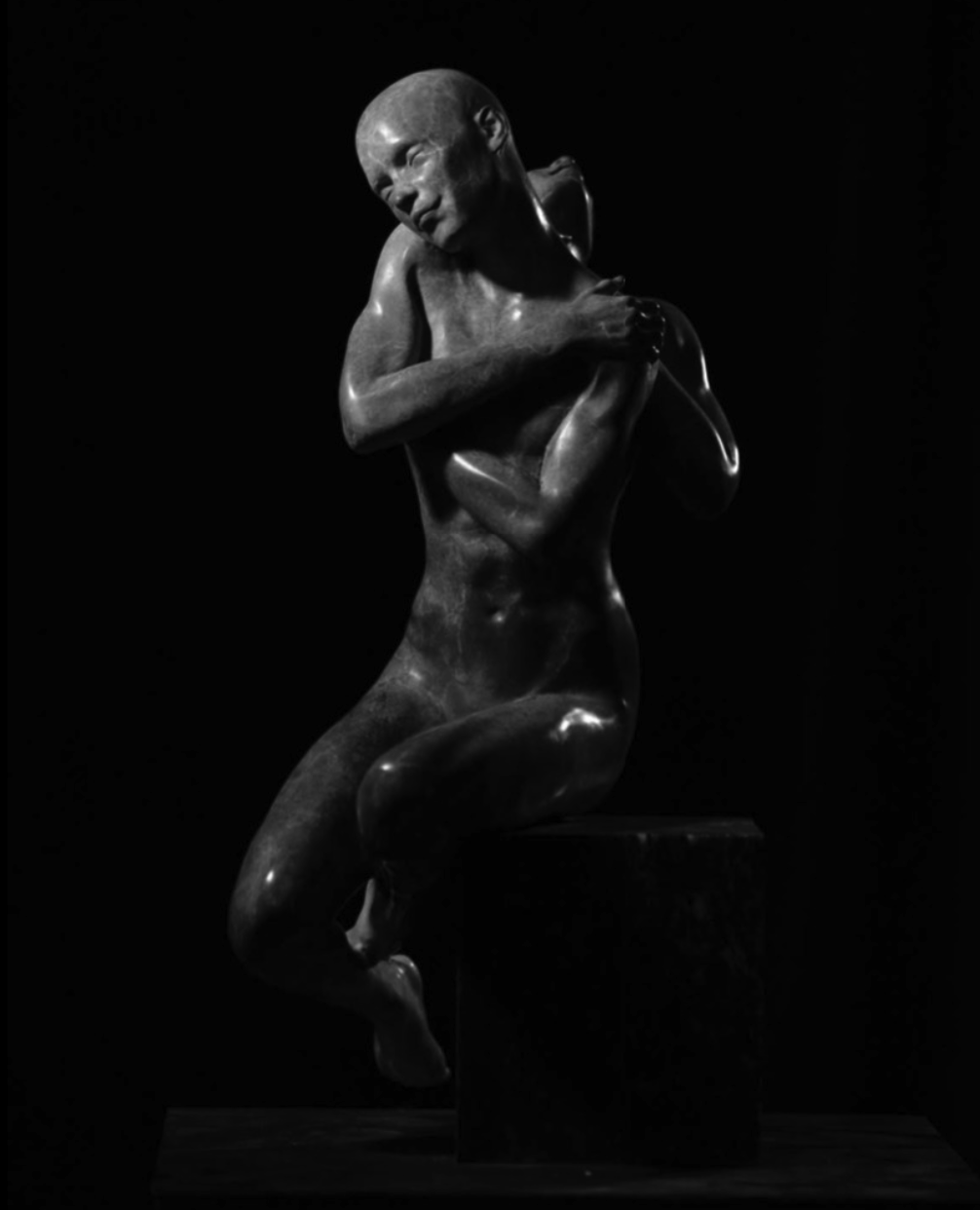
Her work caused a discussion, when I first encountered her artworks at a private view at the JD Malat, a contemporary art gallery in London, just before the first lockdown in March 2020. Her recent virtual solo exhibition, at the gallery titled PARALLEL, just ended in January 2021 and she has turned it into a XR (Extended Reality) exhibition. This involves updating the works with new sculptures, which constantly grow as long as she lives, she tells me. “Besides sculpting I like learning new skills”. Being able to make the videos, she learned how to make the character animations last year. She describes this as being really challenging, but she really enjoyed it. She is additionally part of an artist duo, ‘ha:ar’ with digital artist Arda Yalkin, their work also involves sharing their knowledge with other artists. Last year they launched the Piksel New Media Artist Residency Program, as well as launching an Augmented Reality (AR) exhibition titled the Augmented Istanbul. This involves introducing established artists and traditional methods with new media artists. This project now works in conjunction with the Contemporary Istanbul Foundation, with many of ha:ar’s artists and colleagues producing and exhibiting their first AR works.
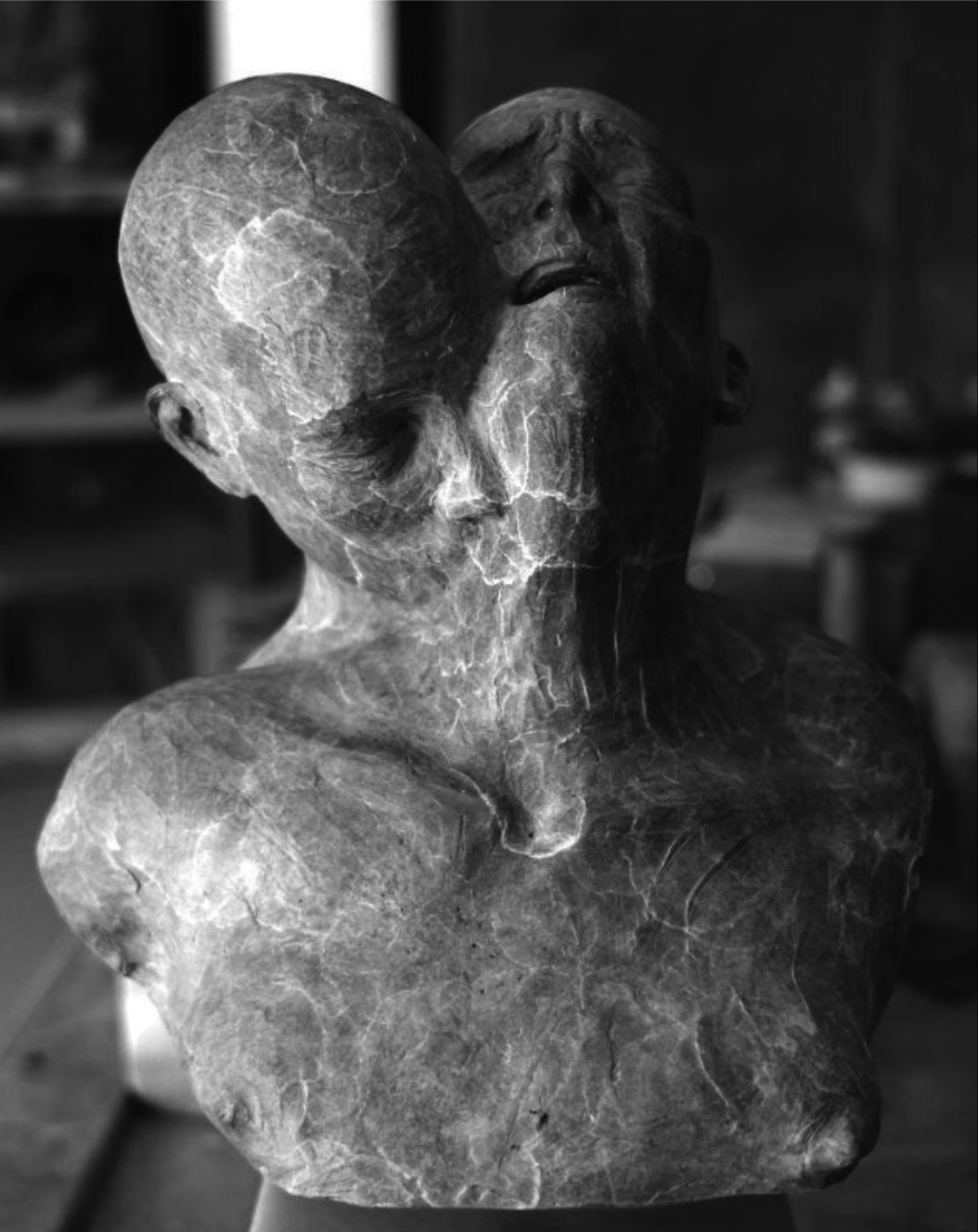
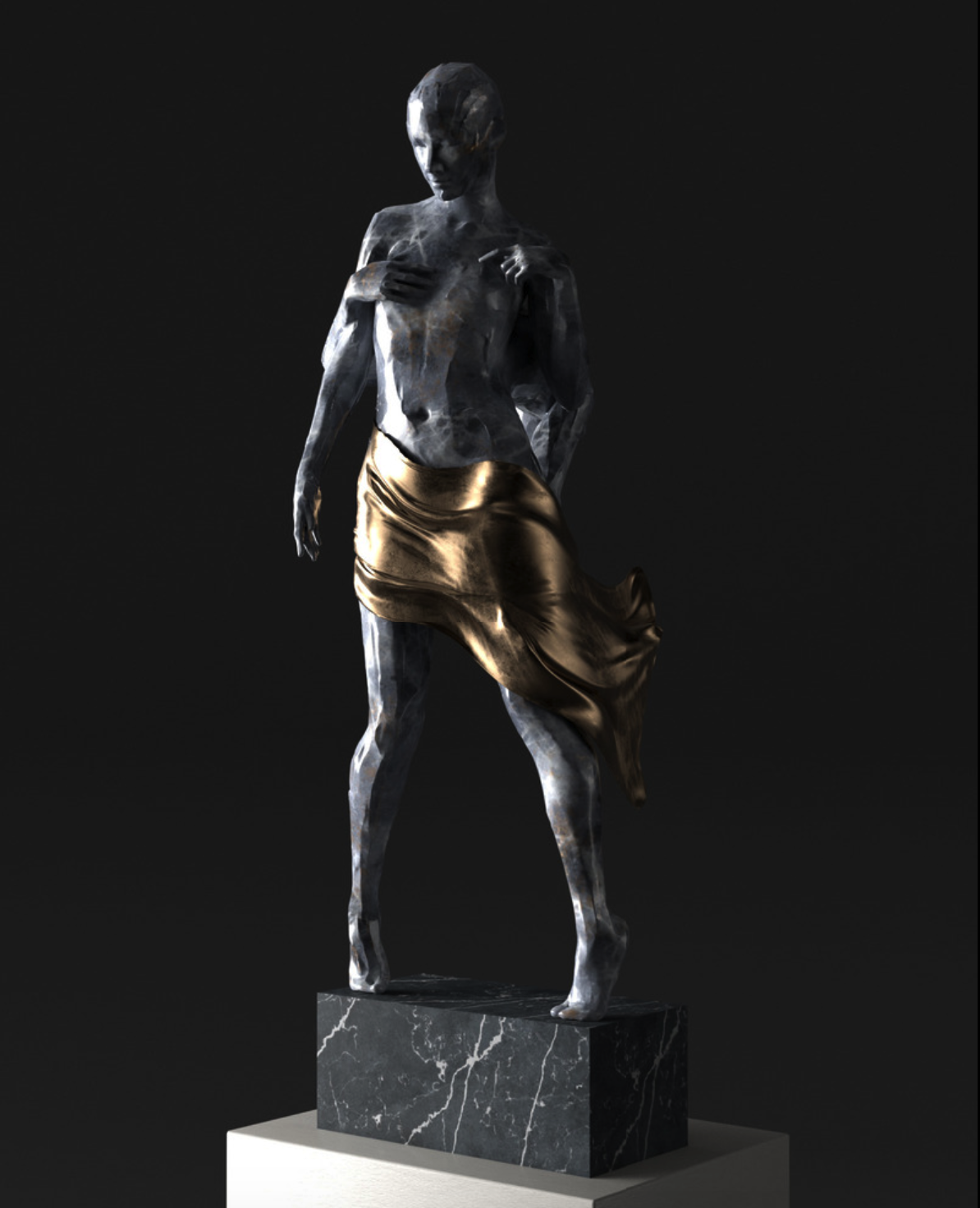
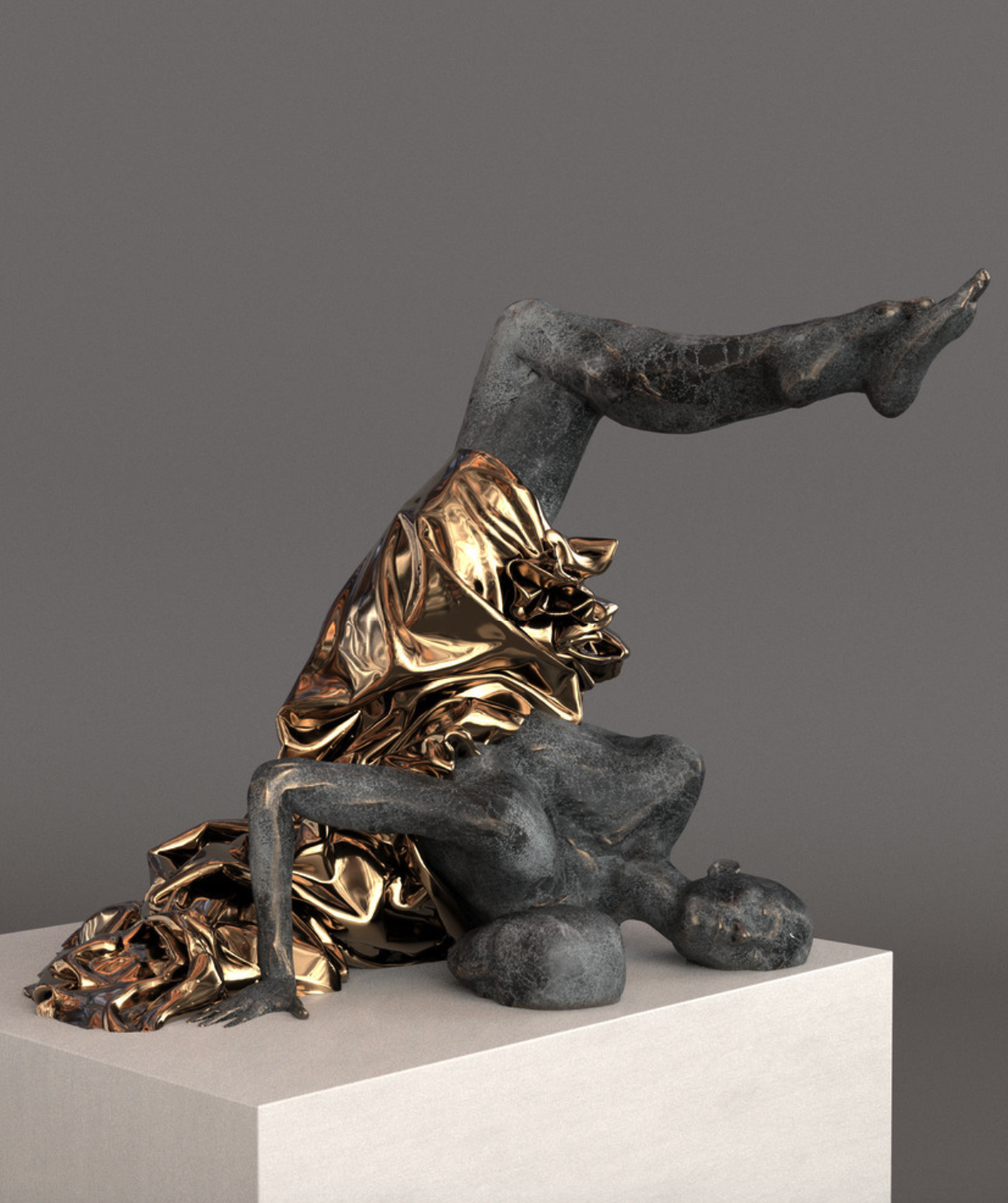
Hande was born in Turkey in 1983, both her parents immigrants she explains, her mother Circassians descendant from Russia and her father from what was once called Yugoslavia. She describes herself as third generation Turkish. Since the pandemic, Hande’s primary residence is Istanbul, before that home was commuting between New York and Turkey. However, “I am working very hard these days. I guess what I needed was an epidemic and everyone in quarantine” she tells me wryly. She met gallery CEO Jean-David, at a contemporary art fair in Istanbul, consequently spending more time in London. I asked her about her journey into art and her education, and Hande emphasises her childhood being surrounded by art books, paper and paints in abundance, reading and looking at the pictures of master artists in these books and trying to copy them. “Like all children, we are tiny artists, painting and making art with clay,” she tells me. She admits that she never thought she could make a living as an artist. Her mother noticed her abilities and encouraged her to attend art school and the Marmara University. “Thanks to my mother, I realised that I wanted to spend my life doing something related to art and entered art school, so here we are” she clarifies. She does say that she entered art school initially wanting to be a painter, however during her freshman year she made friends with the sculptors “and thus I met with mud” Hande emphasises.
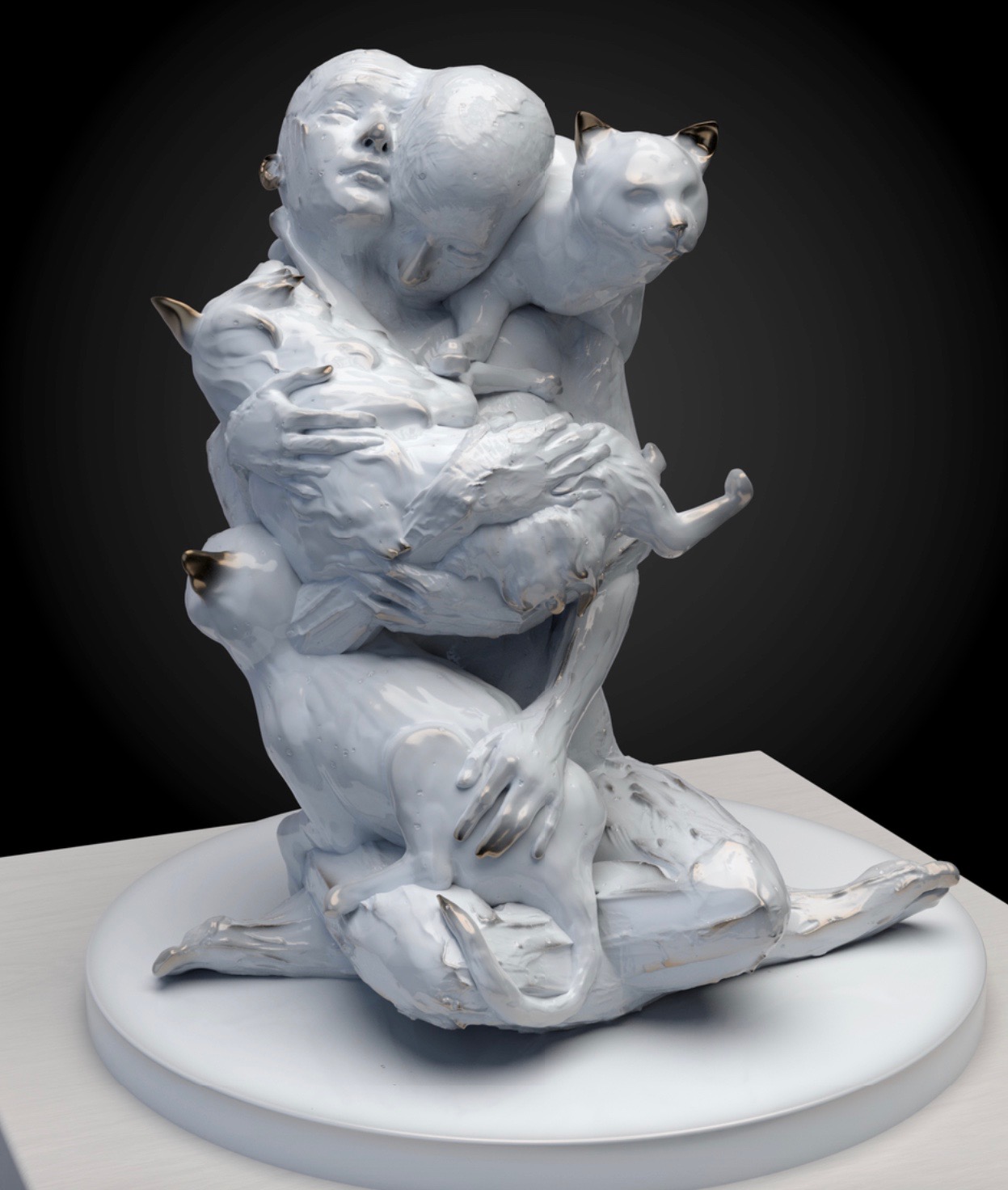
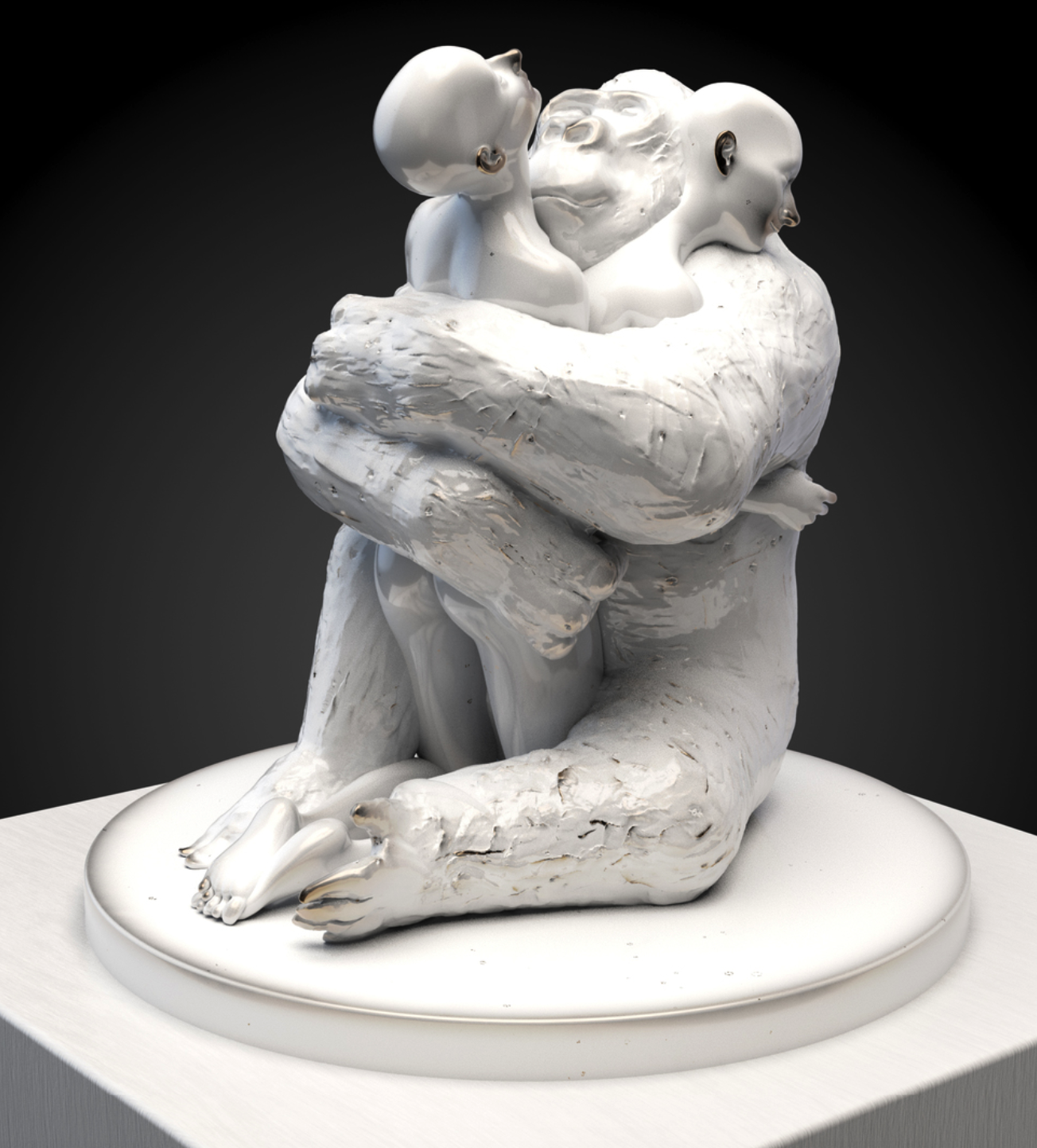
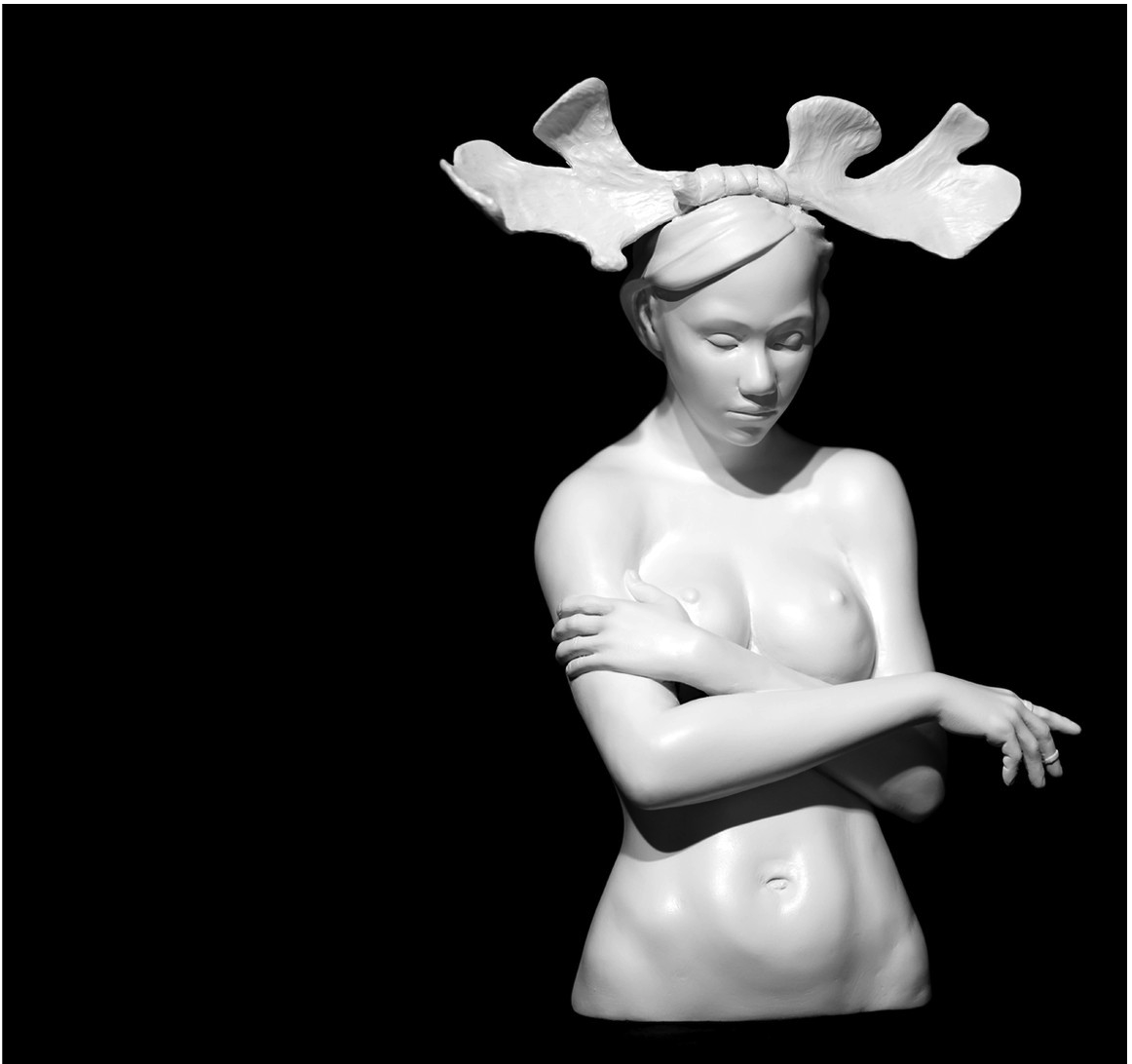
When I ask her how she would describe her style, she responds with “Renaissance 2.0”. Which means, it bridges the postmodern era to the digital age, life-like robots, virtual reality and immortal trans-humanism (a philosophical movement that advocates for the transformation of the human condition, using technologies to modify human intellect and psychology), scary stuff! When I ask her if narrative is important within her work, she replies “Yes, definitely, an artwork isn’t just form or just a story, it’s a good combination of these two.” Her next question, her biggest influences, artist or otherwise and she tells me “Contrast. This is what interests me the most, both in my work and life” When I ask her what she considers her greatest achievement in her career so far? “I think I am too young to answer that,” she responds with a smile.
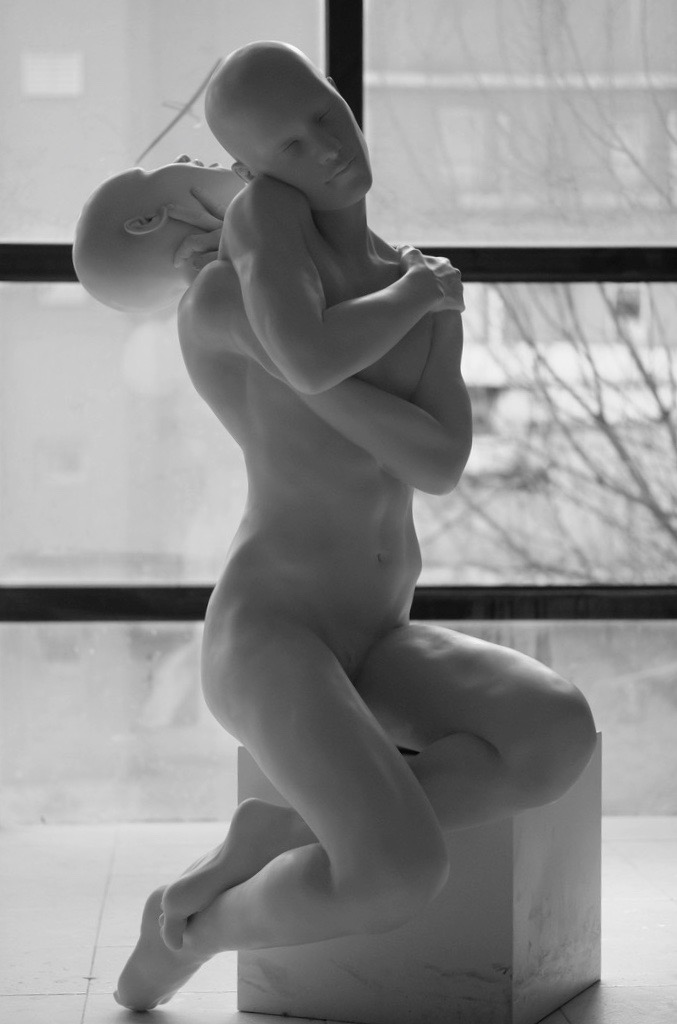
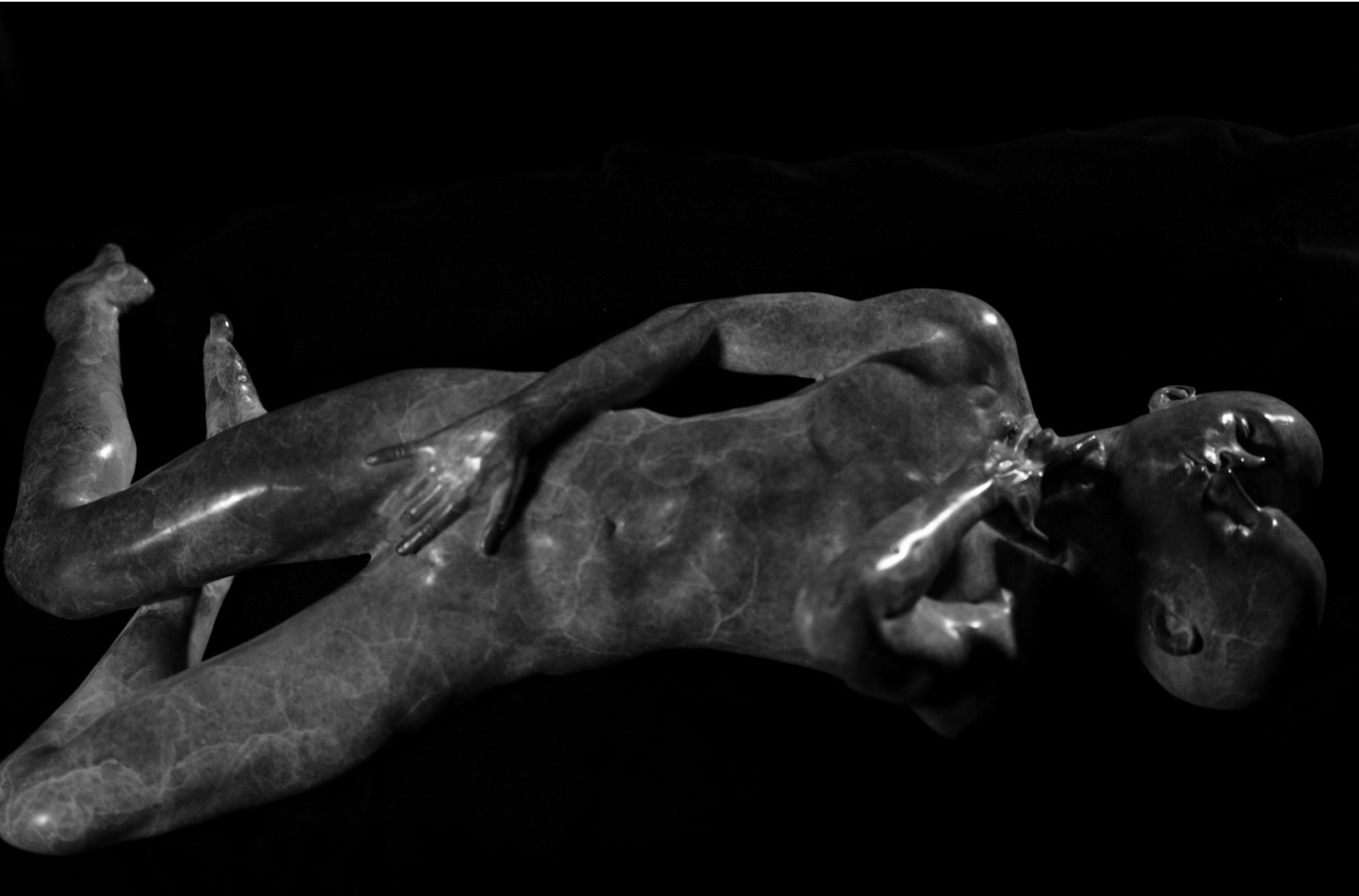
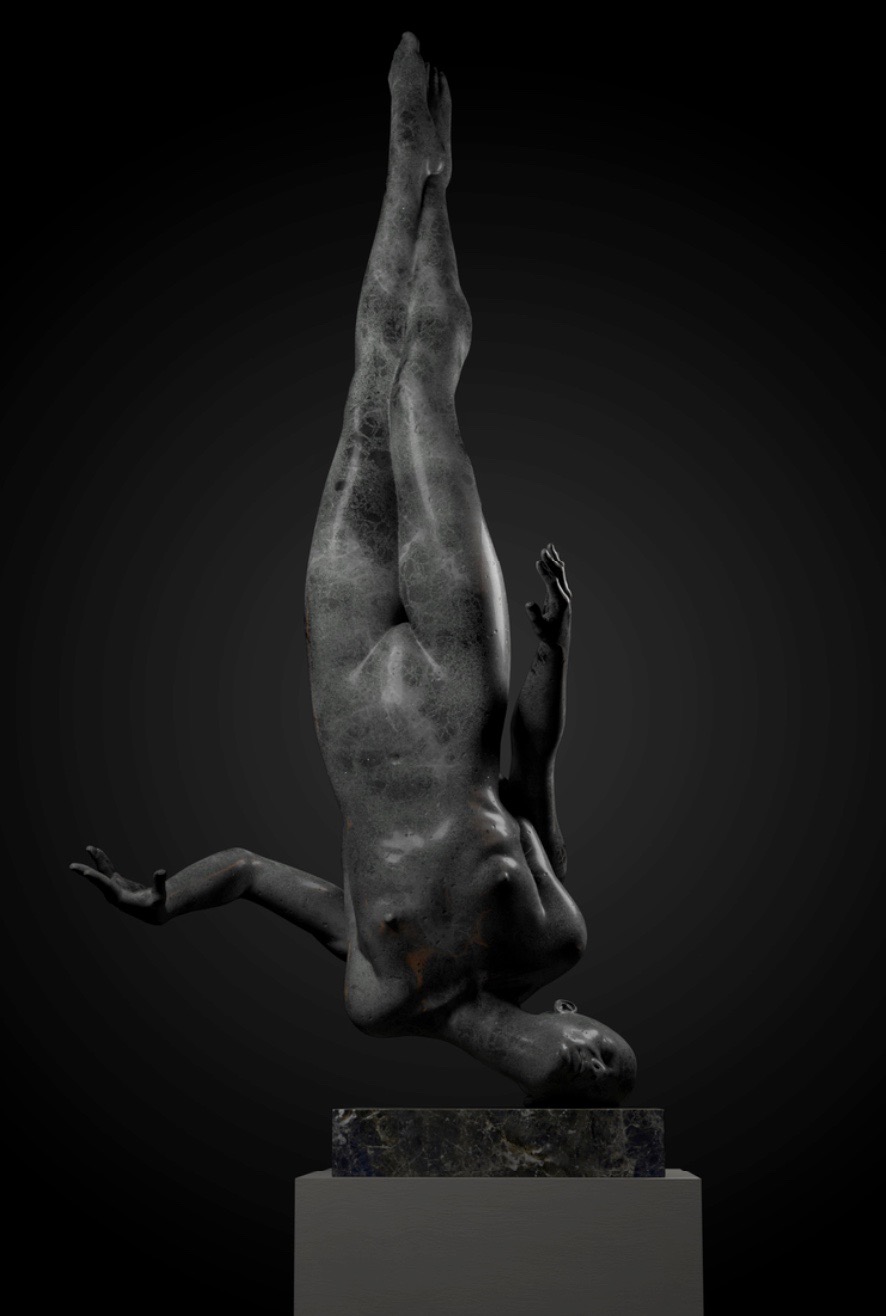
Hande quotes French Philosopher Albert Camus “Man is the only creature that refuses to be what he is.”
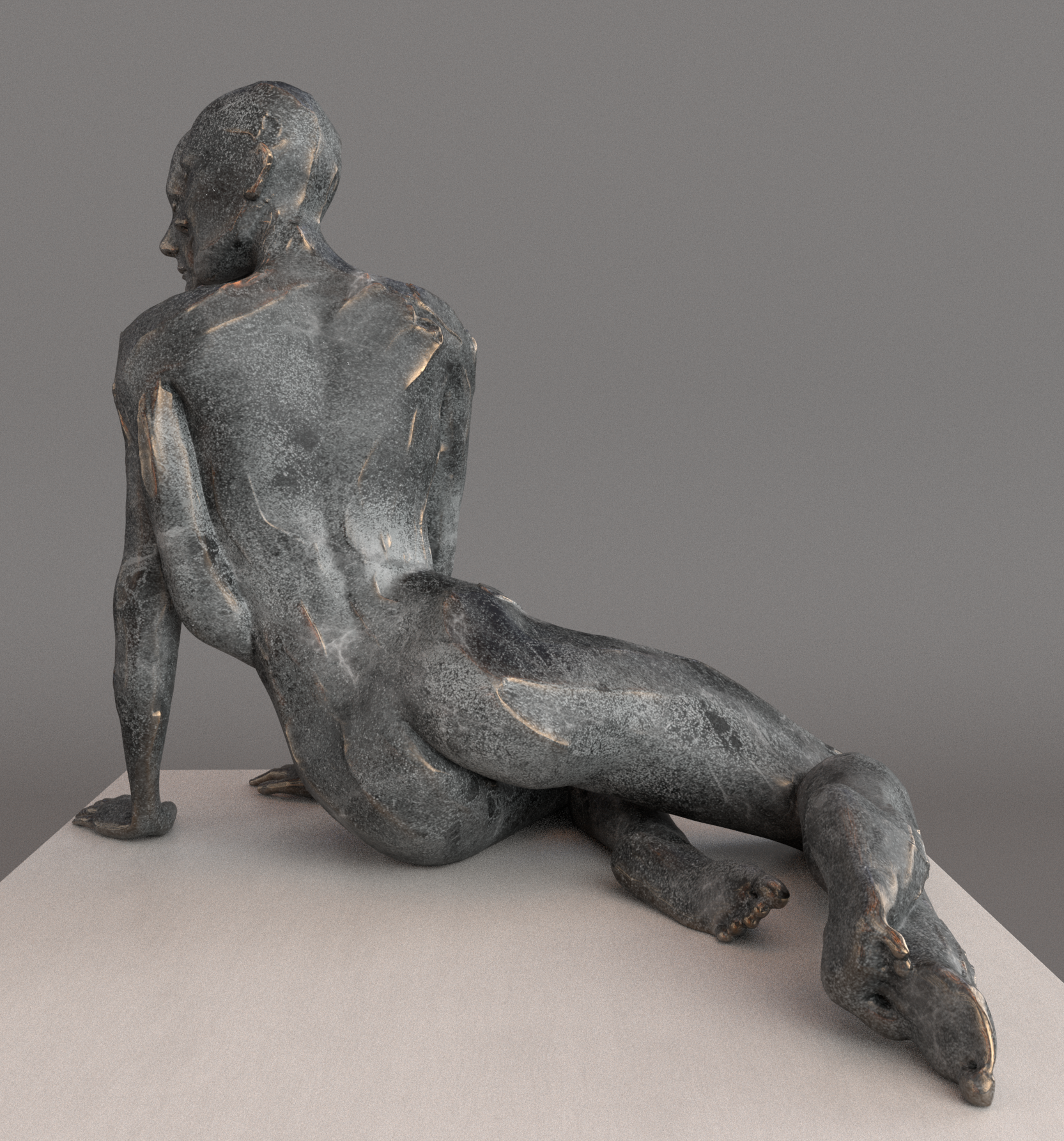
However in her own words, Hande sends me her definition of her ‘ecstasy’ series, below:
“The civilisation we founded is not fond of us. It does not want us to love ourselves. It desires us to be unsatisfied with our bodies, sexuality, jobs, partners; everything we possess. It aims to stir a desire in us to change them all, to want more, the better, the newer. It wants us to consume more and conform to the norms it imposes. Furthermore its wish is to fool us with these illusions and turn us into its recruiters. We should not feel at ease, it commands; we should try to pull and change ourselves with all the surgeries, medications, package holidays, dating shows, smartphone applications, television and software. We should aim at what is expected from us; to become the fitter, smarter and more charming versions of ourselves. But we are expected to buy the products of the most popular label, dress in matching colours, drink the same brand of coffee, buy a car, pay the mortgage loan, buy dresses more than we can wear and have children at the same time. And let’s kill our children in the name of love, overwhelm them in an overflow of rules, try to turn them into whom we never could have become, force them to study night and day, find them an activity for everyday even during their vacations. Let’s work constantly to provide these. And let’s spy on our neighbours, while doing the work we are assigned to. Let’s give them no peace for being gay, woman, of a different colour, of having a different haircut, pose, clothes or thinking out-of-the-box. And then, let’s calm and tame ourselves, our children with drugs wrapped up in fancy packages by the civilisation. Let’s hate ourselves, our city, what surrounds us and life in general day by day, and renew our hatred every morning. And let’s hate who does not want to do so. Let women be women, and men be men. Let’s not laugh and let’s avoid talking on colour, art, love and sexuality.”
“The different one is the enemy.”
Her work is currently being exhibited in a joint show with JD Malat Gallery, St Moritz Switzerland, until March 2021.
Interview: Antoinette Haselhorst
